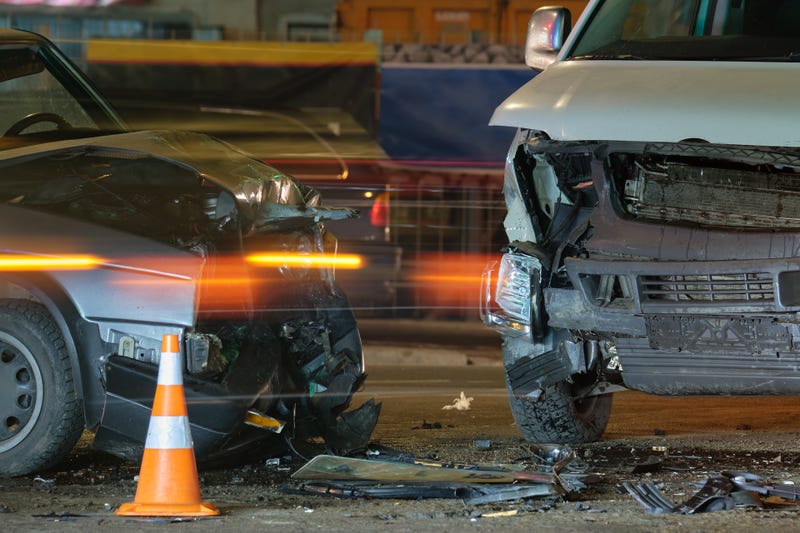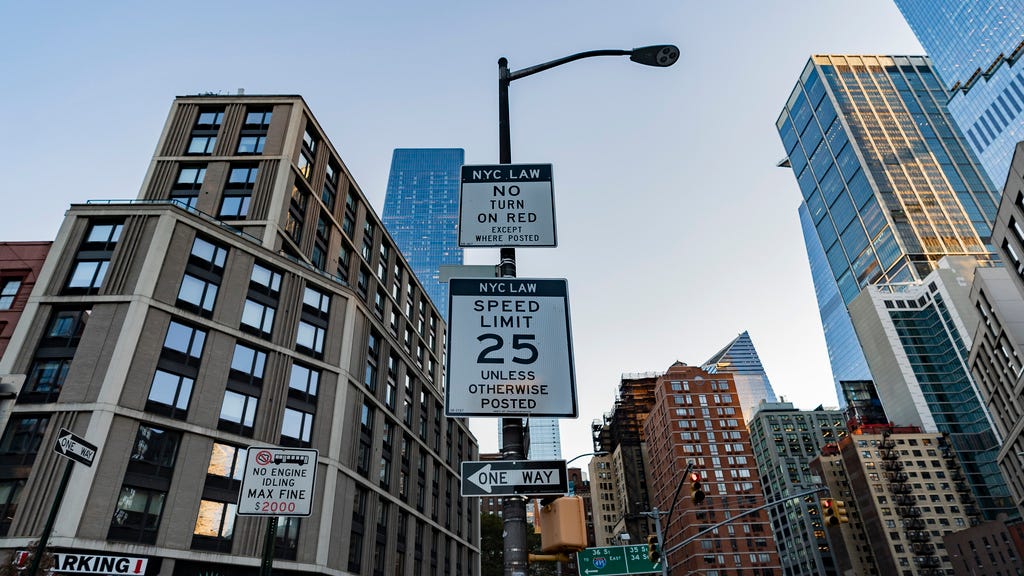
(WBEN) - The Greater Buffalo-Niagara Regional Transportation Council (GBNRTC) is taking focus on the safety of roadways across both Erie and Niagara County.
The GBNRTC is the region's Transportation Planning Council that works with all of the transportation agencies in both Erie and Niagara County to coordinate efforts on the transportation system for drivers. This includes the New York State Department of Transportation, Thruway Authority, both counties' Department of Public Works, as well as Public Works departments for cities and other local municipalities.
Former Public Works Commissioner for the City of Buffalo, Michael Finn, is the Executive Director at GBNRTC, and says the group is in the early phases of developing a Roadway Safety Action Plan for both Erie and Niagara County. He says the work will entail a deep dive into crash data for the roads in both counties, and will look into the roads with high rates of fatal and serious injury crashes.
"The Roadway Safety Action Plan was a grant that we were awarded from the FHWA [Federal Highway Administration], and what we're going to be doing is taking a look at the trends in Erie and Niagara County, and crash history, especially with the worst outcomes for the human users of the transportation system," said Finn in an interview with WBEN. "FHWA is making a big push to shift safety analysis away from looking at all of the crashes, which can have a tendency to get towards the law of averages... and look at those areas that are having the worst outcomes. We're going to develop the network where the worst-of-worst outcomes are happening, and then start to strategize around solutions that can be developed to address those."
This Action Plan will evaluate every road in every municipality in Erie and Niagara County, from the I-90 down to the local streets.
"I'll say our general expectation is we're thinking that the majority of what we're going to be looking at is the collector and arterial roads, because with just law of averages, you're not going to see the vast majority of crashes happening on local road. But they'll be looked at and considered along with all the roads in the counties," Finn said.
While the analysis has just started with this Roadway Safety Action Plan, Finn feels consistent with trends that are happening across the country, and specifically to statewide trends, that fatalities and serious injury crashes are increasing, especially since 2020 and the start of the COVID-19 pandemic.
"For whatever reason, even though there was much less travel going on on the roadways, at the statewide level, there was an increase in both the number of fatalities and the fatality rate compared to previous years," Finn explained. "What that's showing us across the state, and we need to do our part in our region, is we need to take a good hard look at the trends and what are the potential causes of crashes in our region, and start to develop strategies to turn those negative trends back in a negative direction, meaning moving down, which is good in this case."
One traffic safety issue that cities across the United States are looking into is a ban on right turns at red lights. This comes in light of more pedestrians and bicyclists being hit by vehicles.
The Roadway Safety Action Plan in progress by the GBNRTC will provide a list of recommendations that would be more specific to the types of crashes that are happening. Finn says it's going to look at what are the types of crashes are most prevalent in the region, and what types of strategies could be used to mitigate those crashes.
"Right on red is one specific example of a countermeasure that could be used if you're seeing a lot of crashes where people are turning incorrectly, not yielding right of way. Then that would be a time that you would look at eliminating right on red in those instances," Finn said. "I'll say too, right on red is also used for engineering designs that aren't a typical four-way intersection, where making a right on red isn't safe regardless of the existence or not of pedestrians. So there's kind of two uses of that countermeasure that's used across the country."
So how long is this process expected to take? And what actions are in store once the GBNRTC's Roadway Safety Action Plan is completed?
Finn says the group's goal is to have the Action Plan in a complete format by next summer.
"One of the goals of this, besides just looking at improving our outcomes on our roadways, this is a necessary document in order for all of the local municipalities in Erie and Niagara County to become eligible for the Safe Streets for All competitive grant program. Our goal is to get that done in time for next summer, which is when we expect the next round of grant funding to be available," he said. "Between now-and-then, we're going to be doing a number of public outreach events, and we'll be sharing that information, and we're hoping that can be shared as well through media outlets."

